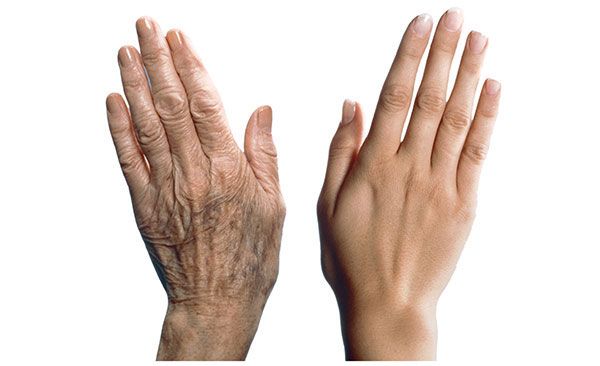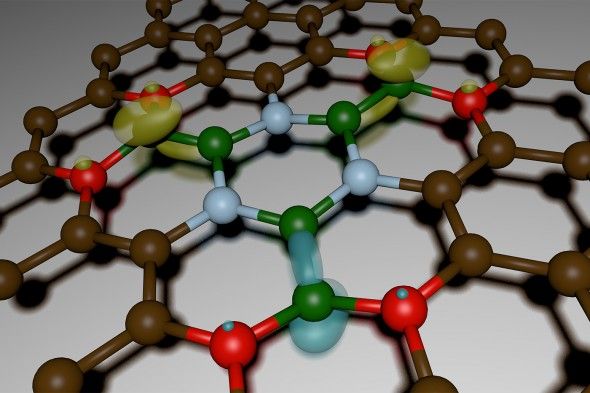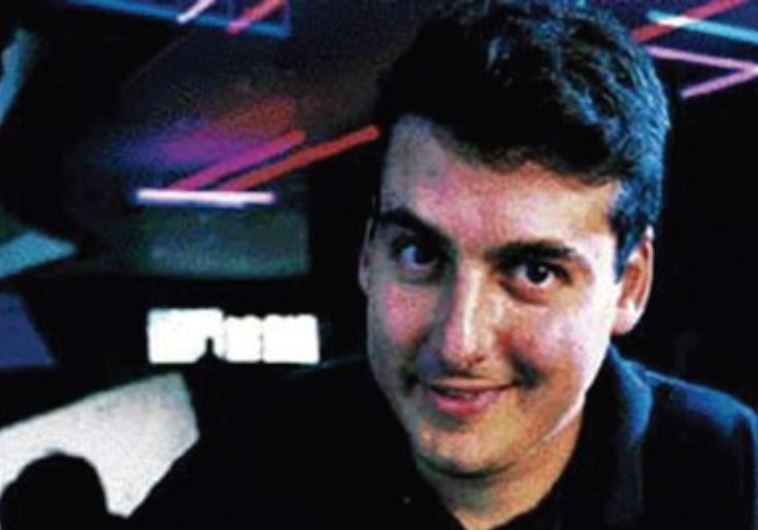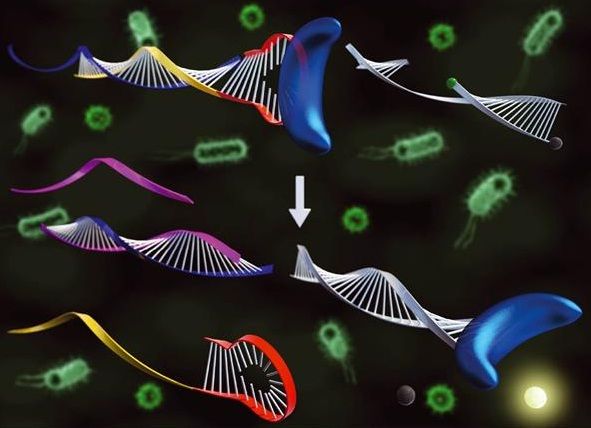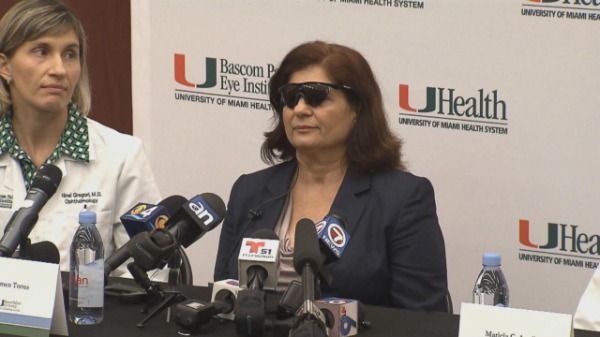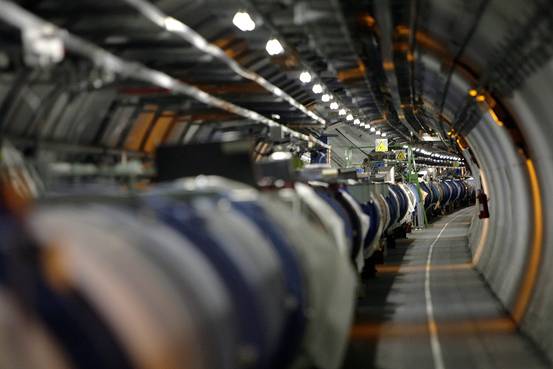August 3, 2015 The question of why we age is one of the most fascinating questions for humankind, but nothing close to a satisfactory answer has been found to date. Scientists at the Leibniz-Institut für Molekulare Pharmakologie in Berlin have now shown, for the first time, that the ER loses its oxidative power in advanced age, which shifts the reducing/oxidising equilibrium — redox for short — in this compartment. This leads to a decline in the capacity to form the disulphide bridges that are so important for correct protein folding. As a consequence, many proteins can no longer mature properly and become unstable.
Getting to the bottom of aging
Posted in life extension
